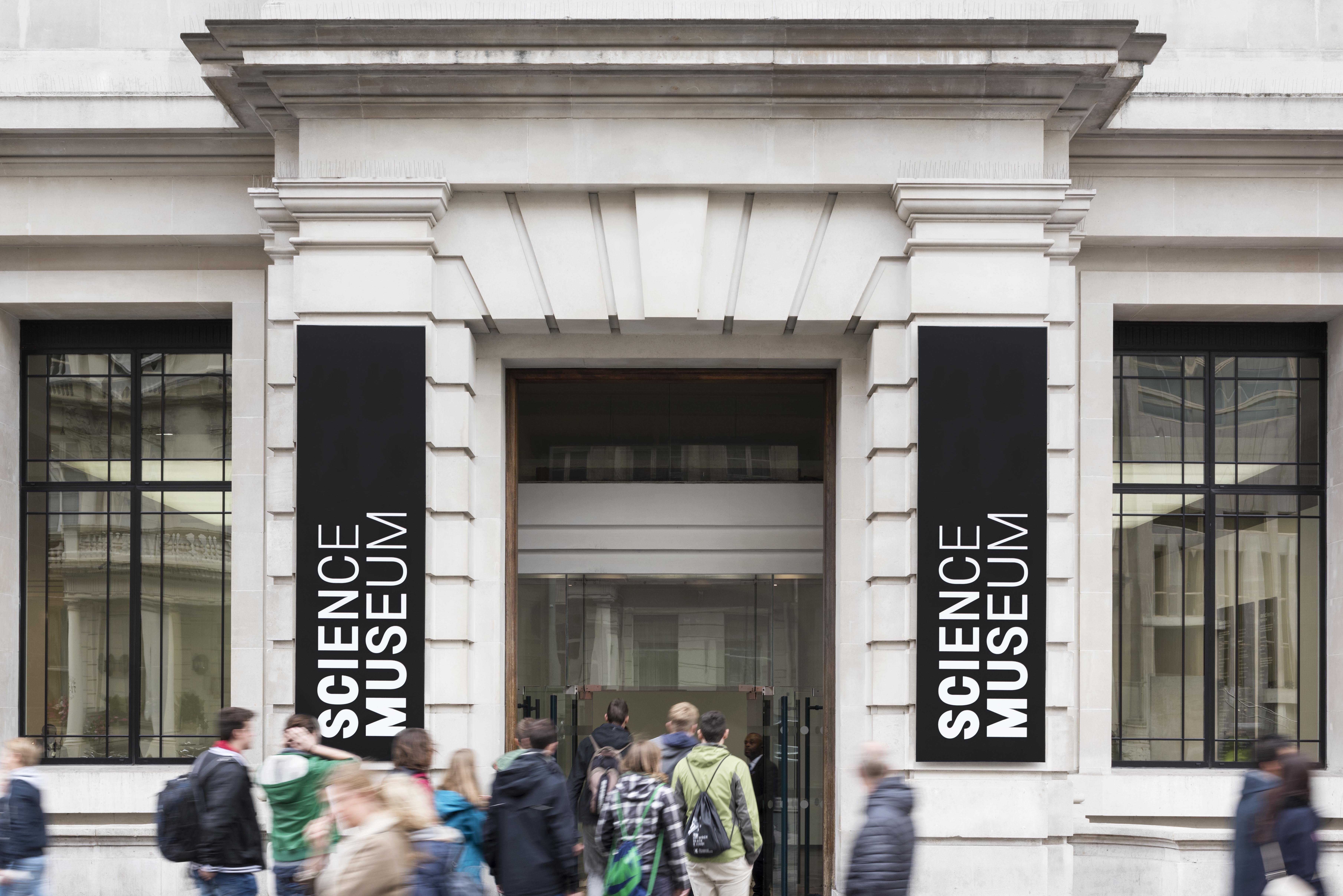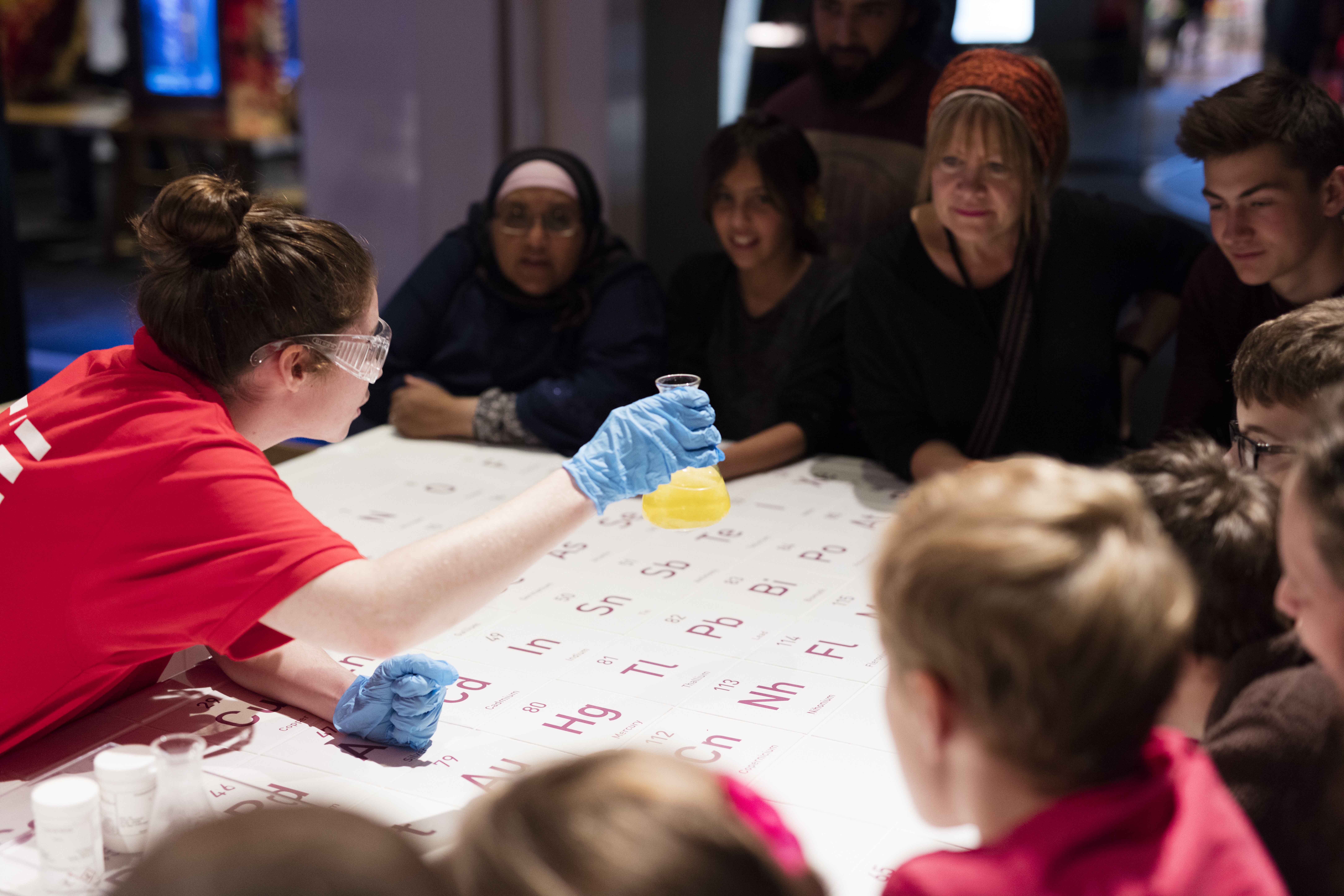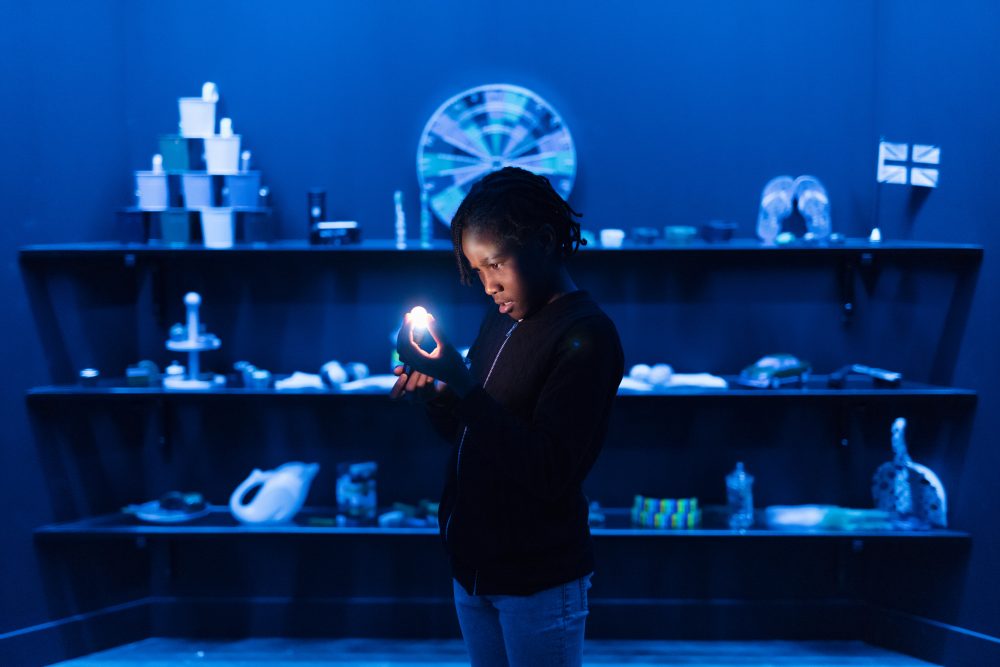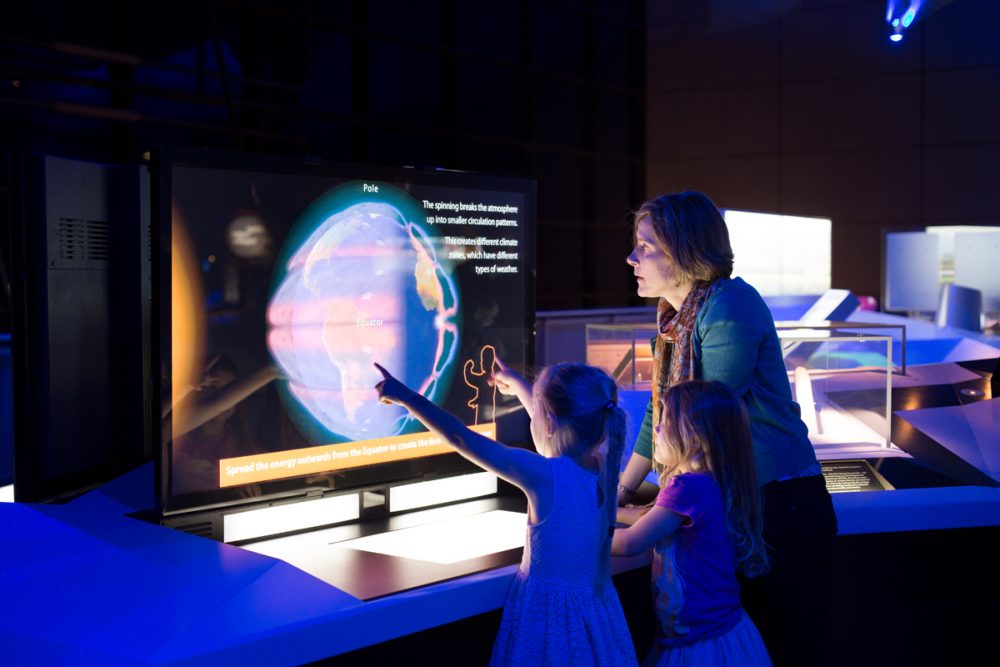Imagine if the displays at our great national museums never changed; no temporary exhibitions, the same objects on gallery and therefore the same ones in storage. This is to imagine our future as it would be without external funding. Government support is critical to our work as museums and funds the care of our collections. However, it does not cover the considerable cost of the ambitious programming or modernisation that is helping the five museums in the Science Museum Group to thrive.
 A variety of single-interest pressure groups want us to end our relationship with whatever sector offends their particular cause, whether that be pharmaceutical, aeronautics or, most recently, energy. But, as the Museums Association has pointed out, there cannot be a one-size-fits-all solution to sponsorship issues such as holding “a list of proscribed companies or industries that museums should avoid.” Campaigners use colourful language to describe relationships through which we gain vital funds and our partners benefit through association with our brand. Yet enlightened self-interest is central to the idea of sponsorship. At the Science Museum Group, we actively seek out businesses whose long-term interests are served by our mission to inspire the next generation of scientists and engineers. What better grounds for a partnership could there be than common cause around the need for that most critical of raw materials, brainpower?
A variety of single-interest pressure groups want us to end our relationship with whatever sector offends their particular cause, whether that be pharmaceutical, aeronautics or, most recently, energy. But, as the Museums Association has pointed out, there cannot be a one-size-fits-all solution to sponsorship issues such as holding “a list of proscribed companies or industries that museums should avoid.” Campaigners use colourful language to describe relationships through which we gain vital funds and our partners benefit through association with our brand. Yet enlightened self-interest is central to the idea of sponsorship. At the Science Museum Group, we actively seek out businesses whose long-term interests are served by our mission to inspire the next generation of scientists and engineers. What better grounds for a partnership could there be than common cause around the need for that most critical of raw materials, brainpower?

This week we launched a major new initiative to help address the challenge of low engagement with science and tackle the STEM skills shortage in the UK. Supported by BP, the Science Museum Group Academy will be the UK’s first dedicated centre of excellence for practitioners in the informal STEM sector. It will provide research-led science engagement training, support and resources for thousands of teachers, museum and STEM professionals, improving the quality and provision of informal science learning experiences in the UK and beyond. The Academy is building on a previous five-year partnership with King’s College London and University College, that was also supported by BP, examining how people’s relationship with science can be deepened through formal and informal experiences. In seeking long-term partnerships with sponsors that share our goals, we are able to think big and develop activities such as the Academy that will help address an urgent need for STEM professionals across the UK.
Any company that wishes to work with the Science Museum Group has to accept that editorial control sits firmly with the museum. Our independence covers both the interpretation around particular objects and the broad direction of our programme. As a science museum, it’s important that we explore issues such as global warming and our Atmosphere Gallery, which outlines the workings of the carbon cycle and the tough challenges we face, has been visited by more than four million people since it opened. Funding from Shell supported the creation of this gallery – and an exhibition about Jim Lovelock, the pioneer of Gaia theory and someone who sounded early warnings about severe climate change. The driving force behind Atmosphere was my predecessor, Prof Chris Rapley, who has a considerable reputation as a pioneering environmental scientist, has been eloquent about the need to engage with industry as well as government and the general public in seeking solutions to the global issue of climate change.

The Science Museum Group’s stance is that external sponsorship is not only necessary, it is a positive aspect of the way we work. While I acknowledge the passion of campaigners who would rather we turned our backs on a variety of business sectors, I strongly believe we are making the right decisions to secure the long-term future of the museum for the public good.
You can read more about the Science Museum Group supporters on our website.